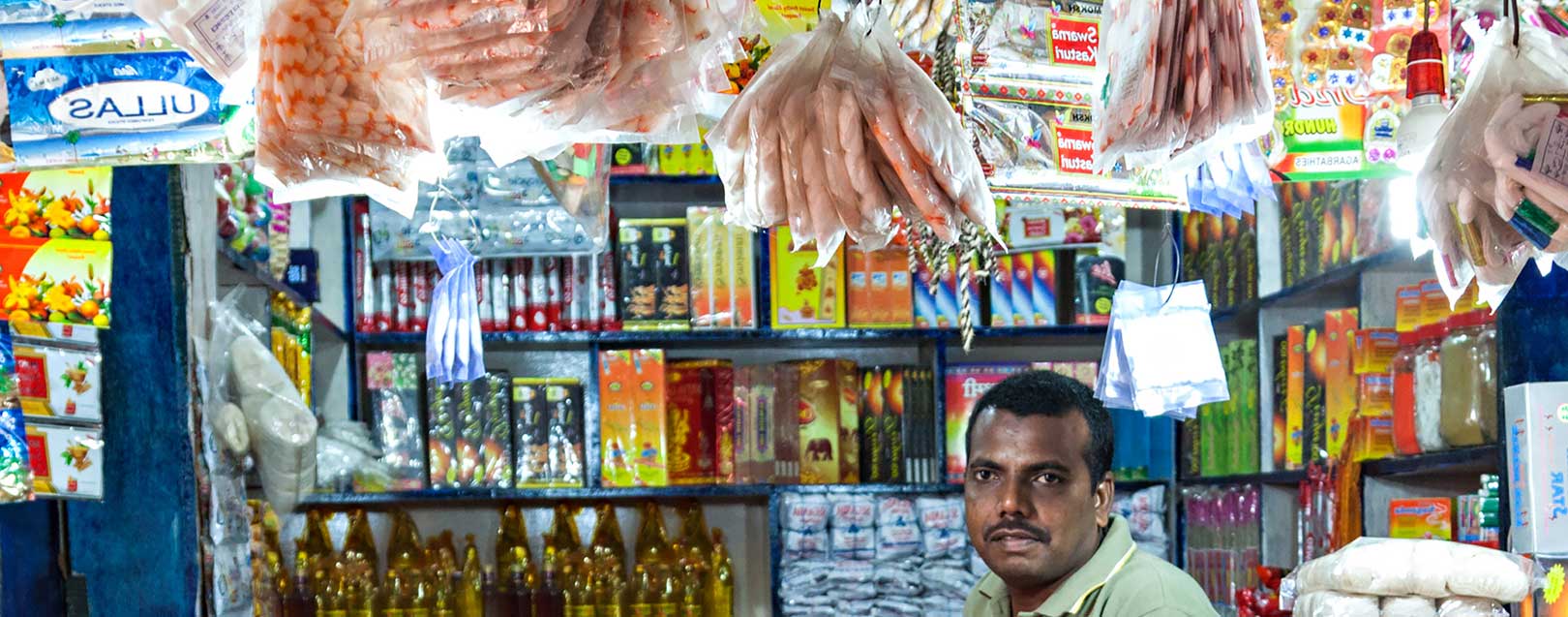
Demonetisation's impact on Indian retail is severe but future oriented: JLL
Pankaj Renjhen, Managing Director – Retail Services, JLL India
The Modi government’s demonetisation move has had an impact on several sectors, especially real estate. How could retail be far behind? Given Indian’s propensity to deal in cash, especially when shopping in luxury malls and high streets, retail will see short-term impact on sales. The media has already reported how retail sales have dwindled in the immediate aftermath of the government’s announcement, and how millions of new users are registering on portals offering digital payment services.
There is no doubt that demonetisation is a great move for a better future of India and its economy. It will definitely influence many more shoppers to start using plastic money in the long-term. Already, malls see usage of credit/ debit cards and eWallets go up during big sales, when banks and fin-tech start-ups offer cashbacks or discounts. This is trend will rise substantially in the long term as such payment methods become more mainstream.
For now, demonetisation has impacted the retail industry due to a liquidity crunch. As the Indian retail industry generates a lot of cash transactions, a reduction in sales will continue in the short-term, i.e. one-two quarters. This impact is being felt largely by small traders and the unorganised retailing segment prevalent on many high streets across the country, as compared to the organised retailing and malls.
Segments such as jewellery and luxury have seen a higher impact than others, and this situation is likely to continue for a while. These two segments will take much longer to revive, though plastic money and online payments will help them sustain for now. In the medium-to-long term, however, there is no threat to these sub-segments, as the domestic consumption recovers from the temporary cash crisis.
Importantly, the fact that retailers will encourage alternate/digital payment solutions will help the marketplace become more transparent and structured. The luxury segment, with its historically high incidence of black money acceptance, will see more transactions in white than ever before. This bodes well for this business.
Lower footfalls in shopping malls is a passing phase and is expected to normalise in a few weeks as more of the newer currency denominations come into circulation, enhancing the purchasing power of consumers once again. The long-term growth scenario of Indian retail continues to be resilient and growth-oriented. The domestic consumption story remains intact thanks to a strong economic base, favourable demographics and FDI-friendly policies.






 to success.
to success.